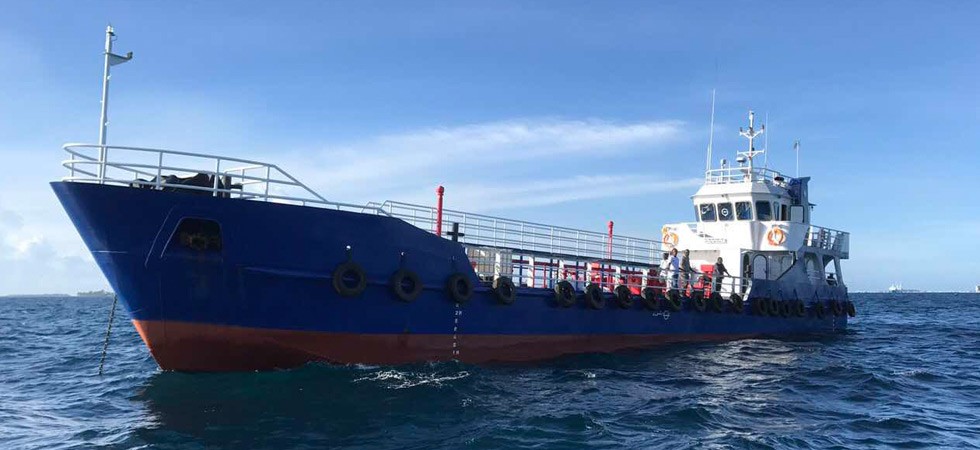
Landing craft, a small naval vessel used primarily to transport and tactically deploy soldiers, equipment, vehicles, and supplies from ship to shore for the conduct of offensive military operations. During World War II the British and Americans mass-produced this type of landing craft, modifying them throughout the war to perform a wide variety of tasks.
The development and use of specialized craft for tactical deployment on hostile shores was first undertaken by the Japanese, who in the early 1930s employed the first landing craft with a ramp in the bow to permit the rapid deployment of troops. This design was copied by the British and Americans, who eventually incorporated it into 60 different types of landing craft and landing ships.
In the 1930s the U.S. Marine Corps and Navy, anticipating the need for amphibious assaults, experimented with small landing boats. Private firms were contracted to develop boats based on criteria outlined by the Navy. In Fleet Exercise 5, conducted in 1939, the 36-foot (11-metre) Eureka boat, manufactured by Andrew Higgins, a New Orleans boat builder, proved superior to all others. Still, while this boat met or exceeded the Navy’s criteria, it did not have a bow ramp. In 1941 a Marine Corps officer showed Higgins a picture of a Japanese landing craft with a ramp in the bow, and Higgins was asked to incorporate this design into his Eureka boat. He did so, producing the basic design for the Landing Craft, Vehicle, Personnel (LCVP), often simply called the Higgins boat. The LCVP could carry 36 combat-equipped infantrymen or 8,000 pounds (3,600 kg) of cargo from ship to shore. During World War II the United States produced 23,398 of the craft. The British version of the LCVP was called the Landing Craft, Assault, or LCA.
Dredgers are important machines used for excavation and land reclamation in water bodies. They come in different shapes, sizes, and types, depending on the specific purpose they are designed for. I....
Pilot boats play a vital role in ensuring the safety and efficiency of maritime transportation. These boats are designed to transport pilots to and from ships that require their expertise in navig....
Self-propelled barges are vessels that are designed to transport large quantities of cargo on inland waterways. These barges are propelled by their own engines, making them highly efficient and cos....
Barge/ Dumb Barge A barge is a flat-bottomed boat that is designed to transport goods or people on inland waterways or near-shore locations. Dumb barges, also known as unpowered barges, are t....